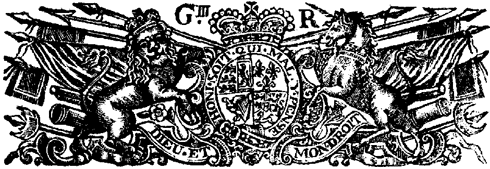

The First Foot Guards
We are a Revolutionary War
reenactment group based in Boston MA,
accurately portraying the royal household regiment that is now known as
The Grenadier Guards
Swords
"By royal warrant of 19 December 1768, all serjeants and grenadier companies were directed to carry swords. this supplanted the polearms formerly carried by serjeants. As always, the change took place slowly, being adopted rapidly by some regiments, slowly by others, since at this time colonels had a great deal of autonomy. By royal warrant of 21 July 1784, private soldiers in grenadier companies were directed to discontinue the use of swords."
Source:
Sword, Lance and Bayonet
Charles ffoulkes and EC Hopkinson
1938, Cambridge University Press
1967 Arms & Armour Press. London
Parts of a sword
BLADE:
The length of steel that forms the sword, as opposed to the TANG.
EDGE:
The sharpened part of the blade, as opposed to the BACK, which is not sharpened.
There is no back on a double-edged sword.
FORTE:
The near and stronger part of a sword, that can be utilized in parrying. The
end part is called the FOIBLE which on some swords may be more vulnerable when
struck. These terms are not very useful when discussing military swords, since
they were not used for fencing. Forte and foible could be used to describe the
parts of the RAPIER that was used by civilians. It would apply to the COLICHEMARDE,
used by military and civilians, which had a visibly distinct forte and foible.
Such a weapon is carried by Captain Kone of our First Foot Guards.
FULLER:
A shallow longitudinal groove on a blade which lightens it as well as improving
strength and flex. A sword might have one, none, or several fullers running
a portion of its length, on either one or both sides.
HANGER:
The common single-edged sword carried by serjeants and grenadiers in the RevWar
period was referred to as a hanger.
HILT:
The part of the sword that is not the blade. It consists of the CROSS-GUARD
(or QUILLONS), GRIP and POMMEL.
The GRIP was usually made of leather, wire, wood, bone, horn, or ivory, sometimes
coated in shagreen (or sharkskin) to allow for a positive grip.
POMMEL:
French for "little apple". The counter-weight which secures the HILT
to the TANG.
SWORD KNOT:
A loop connecting the hand with the sword, used to recover the sword if struck
from the grip of the swordsman.
"In service
it was made of stout buff leather, but in full dress it was an elaborate appendage
of gold cord and tassels." The ornate sword knot was fixed in 1796 for
the Guards and line regiments in the colors of crimson and gold.
Citation: Sword, Lance and Bayonet, vide supra.
TANG:
The handle part of the blade steel, capped by the POMMEL at the proximal end,
and hidden by the GRIP. The term is also used for cutlery of all kinds.
More on the rapier
and its historical significance
Click